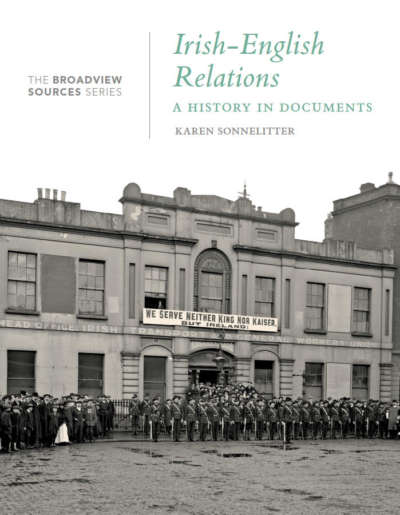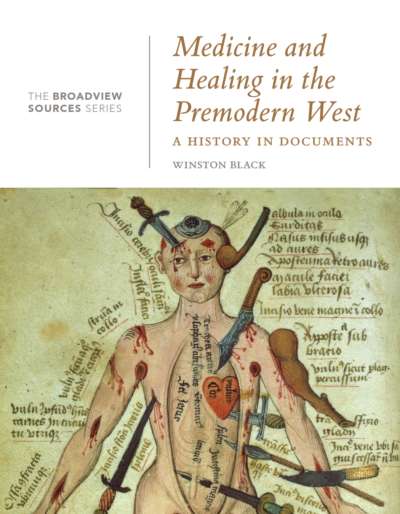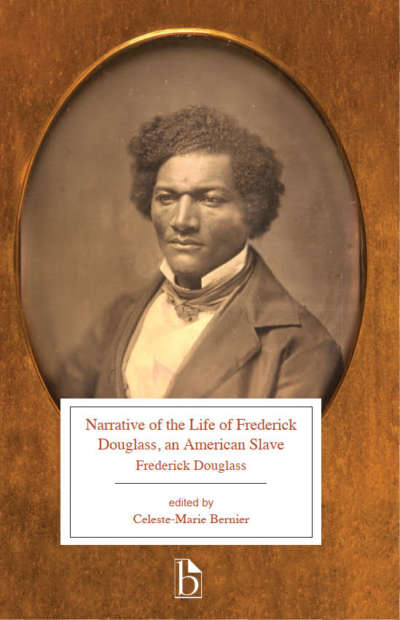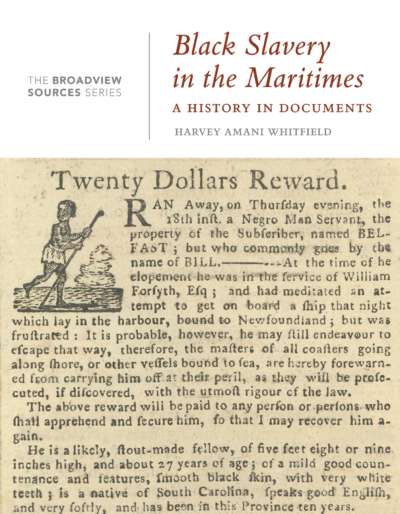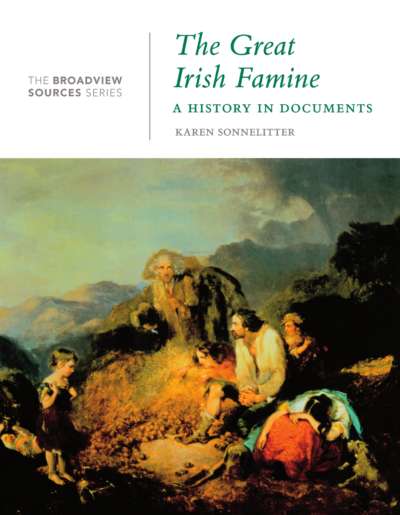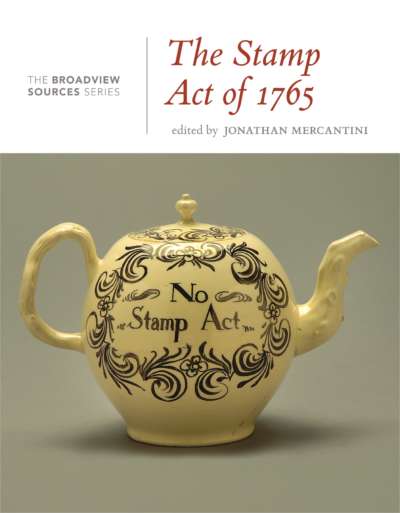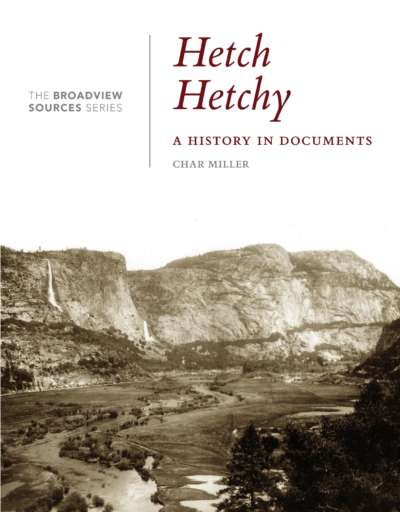The transformation of the American West is one of the key topics in the study of both US history and global environmental history. The role of ranching in the West is also central to the growing field of animal history. This volume covers the periods between the early Indigenous acquisition of horses in the eighteenth century, to the introduction of Hispanic horsemanship techniques and market cattle in the “Old West,” and finally to the work of twentieth- and twenty-first-century ranching families sustaining their ways of life.
The documents in this volume reveal not simply the human past but also the distinct histories of cattle, horses, and the land. Readers will explore intersecting themes of capitalism and beef, environmental change, rural labor, and gender and racial politics as debated by westerners themselves, as well as the meaning and power of the cowboy myth in American life. The introduction incorporates recent scholarship and provides a fresh look at this key topic in American history, while informative headnotes and rich annotations help orient the reader within the historical sources.
Comments
“This is the primary source collection I’ve always wanted. Full of journals, letters, photos, paintings, maps, songs, and even advertisements, this is a comprehensive—and fun—look at the history of ranching and the American West. Susan Nance is the ultimate tour guide for this story. She provides discussion questions and writing prompts but encourages you to draw your own conclusions. Ranching and the American West is perfect for students or anyone looking to learn more about this fascinating topic.” — Joshua Specht, University of Notre Dame
“Ranching and the American West is a thoughtful, beautifully constructed, and frighteningly accurate and objective examination of one of the nation’s iconic businesses. It takes the reader from the origins of Western American ranching through its evolution to what we know as ranching today. This book is a brilliant blending of the culture, environment (especially in relation to horses and cattle), and people involved in Western ranching. The volume will be an invaluable resource…. And while this study focuses on ranching in the American West, its examination of the settler colonial process transcends boundaries. It offers insights into the shaping not only of the West but of America as a whole.” — Jeffrey D. Means, University of Wyoming
Preface
Introduction
Chronology
PART 1: ENTER HORSES AND CATTLE
- 1. Pierre Marie François Pagès describes cattle and horse behavior and husbandry in the region of San Antonio: Travels Round the World, in the Years 1767, 1768, 1769, 1770, 1771 (1791)
- 2. George Catlin reports on Indigenous peoples and their horses: Letters and Notes on the Manners, Customs, and Conditions of North American Indians (1844)
- 3. Image group: George Catlin’s paintings “Wild Horses at Play,” “Catching the Wild Horse,” “Buffalo Hunt, Chase” (1845)
- 4. Thomas James describes horse markets of the 1810s: Three Years among the Indians and Mexicans (1846)
- 5. Nat Love tells a tall story about his 1877 capture by the Akimel O’odham (Pima): The Life and Adventures of Nat Love (1907)
- 6. Image group: Apsáalooke (Crow) Tribe members and their horses (ca. 1898–1912)
- Discussion Questions/Writing Prompts
PART 2: BEEF BONANZA
- 7. A Geographically Correct County Map of the States Traversed by the Atchison Topeka and the Santa Fé Railroad and Its Connections (ca. 1880)
- 8. James Sanks Brisbin promotes the cattle business: Beef Bonanza; or, How to Get Rich on the Plains, Cattle Growing, Sheep Farming, Horse Raising and Dairying in the West (1881)
- 9. Andy Adams on young male aspirations to the cowboy life: The Log of a Cowboy: A Narrative of the Old Trail Days (1903)
- 10. Owen Wister describes cowboys in the voice of an eastern visitor: The Virginian (1902)
- 11. Charles A. Siringo on the abuse of range horses: A Texas Cow Boy; or, Fifteen Years on the Hurricane Deck of a Spanish Pony (1886)
- 12. Bent County Cattle and Horse Growers Association, Brand Book of Colorado cattle and horse brand diagrams (1885)
- 13. The Cheyenne Daily Leader (Wyoming) reports on the killings of Ella Watson and Jim Averell: “A Double Lynching” (23 July 1889)
- 14. Image group: Cowboys and ranching people (1895–1935)
- A. The cowboy myth, part 1: Frederick Remington, “The Bronco Buster” (1895)
- B. Black cowboys at Negro State Fair, Bonham, Texas (ca. 1911–15)
- C. Charles Belden cowboy photographs
- D. Cowboys, cowgirls, and ranchers
- E. The cowboy myth, part 2: “Working Cowboy” (1934)
- Discussion Questions/Writing Prompts
PART 3: FATTENING, SHIPPING, SLAUGHTERING, SELLING
- 15. Image group: Abilene, Kansas, and the early cattle trade from Joseph McCoy’s Historic Sketches of the Cattle Trade of the West and Southwest (1874)
- 16. Joseph McCoy explains land, cattle fattening, and packing in Kansas: Historic Sketches (1874)
- 17. Philadelphia Times reporter describes cattle lands of South Dakota in a Texas newspaper: “In the Bad Lands,” Galveston Daily News (27 July 1884)
- 18. The Chicago Tribune on “Cruelty to Cattle” at stockyards and during transport, with rebuttal by a stockyard promoter (1887)
- 19. The “cowboy artist” Charles M. Russell’s Waiting for a Chinook (1886)
- 20. Edward Abbott recounts winter range work during the Big Die-Up: We Pointed Them North: Recollections of a Cowpuncher (1939)
- 21. Image group: Consumers and beef
- A. Swift & Company Packers, Union Stockyards, Chicago, trade card (1893)
- B. Livestock pens of “The great Union Stock Yards, the greatest Live Stock Market in the World, Chicago” (1903)
- C. Corrals and slaughterhouse at the Crow Agency Reservation, Montana (1905)
- D. D.D. Collins Meat Counter, Washington, DC (late 1910s)
- E. “New! Self-Serve Meats Make Shopping Quicker, Easier,” DuPont Cellophane advertisement (1949)
- Discussion Questions/Writing Prompts
PART 4: TWENTIETH-CENTURY RANCH LIFE, IMAGINED AND REAL
- 22. “Old Smith County Song,” Smith County Pioneer (1914)
- 23. Image group: Western style and modern consumerism (1900–60)
- A. “Typical Cowboys waiting their turn at the Bucking Contest” postcard (ca. 1900)
- B. “Fancy Cowboy Bit and Spur Outfit” advertisement, The Billboard (2 October 1915)
- C. “Some Chickens?” postcard featuring female rodeo performers (1921)
- D. Tom Mix and Tony “The Wonder Horse” theatrical release film poster for The Drifter (1929)
- E. Levi’s advertisement, “Fit for Action,” Rodeo Sports News (1957)
- F. Rodeo day photographs by Russell Lee and Marion Post Walcott (1939–41)
- 24. Ranching entrepreneur Harold L. Oppenheimer explains the business of cattle: Cowboy Economics: Rural Land as an Investment (1966)
- 25. Judy Blunt remembers the gender politics of mid-century family ranching businesses: Breaking Clean (2002)
- 26. Hispanic men and women explain vaquero and ranch work at a famous ranch in south Texas: Voices of the Wild Horse Desert: Vaquero Families of the King and Kenedy Ranches (1997)
- 27. Image group: Buckaroos in Paradise—the ethnography of ranching in Nevada (1978–80)
- Discussion Questions/Writing Prompts
PART 5: THE CULTURES AND POLITICS OF HORSES
- 28. Fay E. Ward explains cowboy mustanging techniques: The Cowboy at Work (1958)
- 29. Image group: Gus Bundy’s photographs of wild horse round-ups in Nevada (1946–51)
- 30. Velma Johnston (a.k.a. “Wild Horse Annie”) testifies in Washington, DC, about airplane and truck mustang round-ups (1959)
- 31. Emil Her Many Horses (Oglala Lakota) talks about Lakota history and her views about horses: “Remembering Lakota Ways” (2006)
- 32. Image: Oglala Lakota beaded horse mask (ca. 1904)
- 33. Wyoming rancher argues against no-kill policies for wild horses living on public lands: “Wild Horse Extremists Obscure Real-World Solutions,” High Country News (2017)
- 34. Image: Mustangs at Wild Horse Sanctuary, near Shingletown, California (2012)
- Discussion Questions/Writing Prompts
PART 6: RANGE AND CATTLE CONTROVERSIES
- 35. Environmental scientist Dana L. Yensen discusses “The 1900 Invasion of Alien Plants into Southern Idaho”: Great Basin Naturalist (1981)
- 36. Bureau of Land Management, Federal Public Land Surface and Subsurface Map (ca. 2005)
- 37. Denzel and Nancy Ferguson criticize cattle grazing contracts: Sacred Cows at the Public Trough (1983)
- 38. Rancher Linda Hasselstrom explains her environmental ethics: Between Grass and Sky: Where I Work and Live (2005)
- 39. Image: Eat Beef: Plumas Sierra Cattlewomen sign, California (2012)
- 40. Table: Oxford University and thinktank Agroscope on “New Estimates of the Environmental Cost of Food” (2018)
- 41. Facebook status update, Northern Colorado Animal Save (2018)
- 42. American Cowboy magazine celebrates the family ranch: “Ranching Legacies: Profiles in Persistence” (2008)
- Discussion Questions/Writing Prompts
Glossary of Key Terms
Select Bibliography
Permissions Acknowledgements
Susan Nance is Professor of History at the University of Guelph. She is the author of Rodeo: An Animal History and Entertaining Elephants: Animal Agency and the Business of the American Circus.


